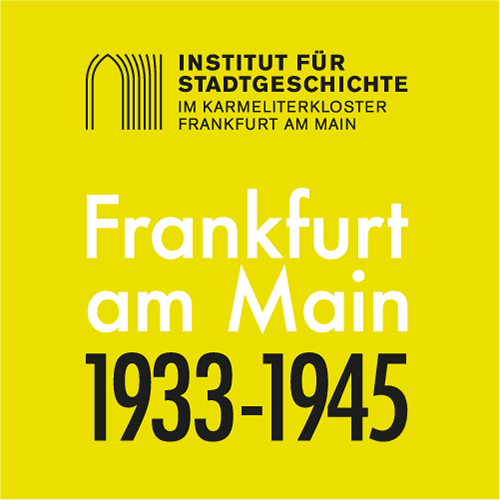Widerstand
Machtübernahme und Errichtung der nationalsozialistischen Diktatur wurden durch die tiefe Spaltung der Arbeiterbewegung und die Unfähigkeit der großen Arbeiterparteien KPD und SPD zu gemeinsamen Handeln begünstigt. Die Zerschlagung der freien Gewerkschaften und das Verbot der SPD beseitigten zugleich alle Strukturen, die Ansätze für die Organisation von Widerstand hätten bieten können. Zu den ersten Maßnahmen gehörte der Terror gegen bekannte Gegner des Nationalsozialismus mit der Alternative Konzentrationslager oder Emigration.
Kleine Gruppierungen und Parteien wie der ISK oder die SAP stellten ihre Organisation auf die Bedingungen des Widerstands um. Als einzige Partei überführte die KPD ihre Organisation in den Untergrund. Der Gestapo gelang in weniger als zwei Jahren die Zerschlagung und weitgehende Dezimierung der Kader. Auch sozialdemokratische und gewerkschaftliche Widerstandsgruppen hielten an den traditionellen Bindungen fest. Widerstand leisteten religiöse Minderheiten, Pfarrer der „Bekennenden Kirche” und Teile der Katholischen Kirche. Widerstand war Selbstbehauptung. Die Zahl derjenigen, die in Frankfurt am Main für ihre politischen und religiösen Überzeugungen Leib und Leben riskierten, lag bei etwa 2.000. Die Verschwörer des 20. Juli 1944 hatten Verbindungen nach Frankfurt am Main. Die militärische Niederlage im Zweiten Weltkrieg und die Besetzung führten zum Ende der nationalsozialistischen Diktatur. Die Befreiung erfolgte von außen.
The Nazi Party’s assumption of power and the establishment of the Nazi dictatorship was facilitated by a deep rift in the labour movement and the inability of the two major labour parties, the Social Democratic Party (SPD) and the German Communist Party (KPD), to cooperate and work together. When the Nazi regime suppressed independent trade unions and banned the SPD, it simultaneously eliminated all structures which might have provided a basis for organising resistance. One of the regime’s first measures was to instigate a programme of terror against known opponents, presenting them with the sole option of exile or detention in a concentration camp.
Smaller groups and parties, such as the International Socialist Militant League (ISK) or the Socialist Workers’ Party of Germany (SAP) rearranged their organisations in preparation for resistance to the regime. As the only party to do so, the German Communist Party (KPD) moved its organisation underground. In less than two years, the Gestapo managed to break-up and largely decimate the Communist cadre. The resistance groups in the social democratic and union movement also moved within their traditional boundaries. Resistance came from religious minorities, parts of the Catholic Church and the pastors in the Confessing Church, an inner church movement against the plans for a single pro-Nazi Protestant Church. The act of resistance was an expression of one’s own personal beliefs. In Frankfurt, around 2,000 people were prepared to risk life and limb for their political and religious convictions. The conspirators in the assassination attempt on Hitler on 20 July 1944 had links to the city. Ultimately, Germany was liberated by outside forces. The Nazi regime ended with its military defeat in the Second World War and the Allied occupation.

